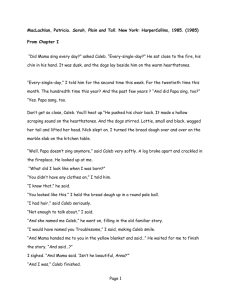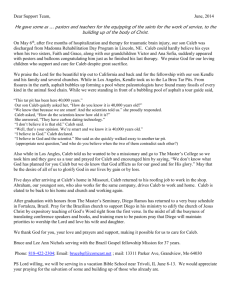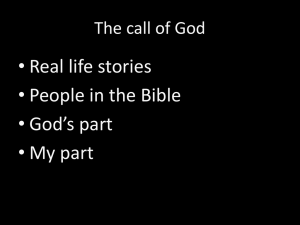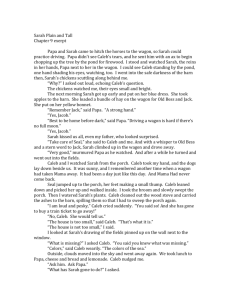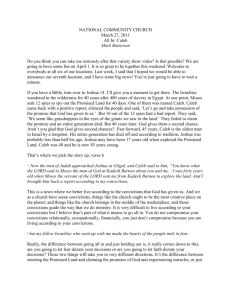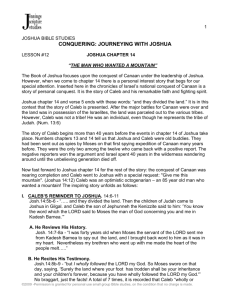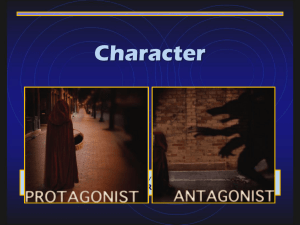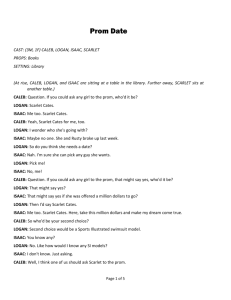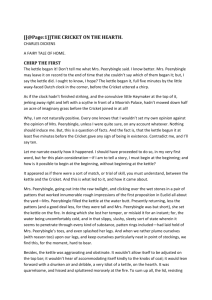Characterization Powerpoint
advertisement
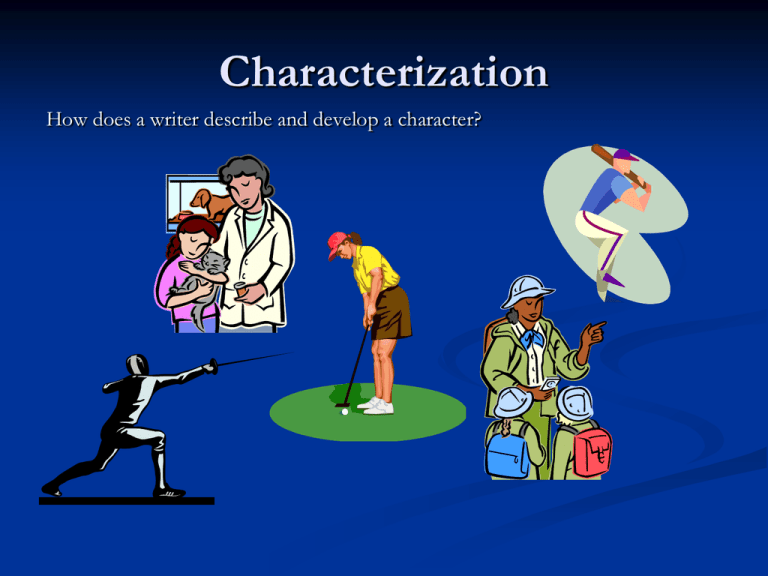
Characterization How does a writer describe and develop a character? Objectives In this lesson we will answer: How are characters developed by a writer? What is the difference between direct and indirect characterization? How does a character’s speech reveal their traits? (dialogue, monologue, soliloquy) What is a first-person narrator? Creating Characters Creating characters—telling what human beings are like—is the whole point of writing stories. Character Development Writers build characters by revealing speech appearance others’ reactions private thoughts actions Speech First-person narrators reveal their personal traits as they • tell their own stories (using pronouns like I, me, and we) • tell us what they think and feel Be aware that some first-person narrators mislead or lie to the audience. Speech Dialogue can reveal a lot about characters and their relationships with each other. Pay attention to • what characters say and don’t say • how characters respond to each other Appearance Pay attention to language the writer uses to describe the characters’ looks, clothes, and demeanor. The cold within him froze his old features, pricked his pointed nose, shriveled his cheek, stretched his gait; made his eyes dry, his thin lips blue. . . . from A Christmas Carol by Charles Dickens • Does the description give you a positive or negative impression of the character? • Which words helped depict the appearance? Private Thoughts Writers can take us into the characters’ minds to reveal their thoughts and feelings. As you read, note whether the characters’ thoughts and feelings match their speech and actions. How Other Characters Feel Watch how other characters in the story react to the character. Note • how the others feel about the character • what the others say about the character Actions What characters do and how they treat each other often reveal the most about them. Observe characters’ actions to determine • what their personality is like • what motivates them • how they deal with conflict Direct and Indirect Characterization Direct Characterization—Writers tell us directly what characters are like or what their motives are. Oh, but he was a tightfisted hand at the grindstone, Scrooge! a squeezing, wrenching, grasping, scraping, clutching, covetous old sinner! from A Christmas Carol by Charles Dickens Indirect Characterization—Writers show us characters (through speech, appearance, private thoughts, other characters’ reactions, and actions) but allow us to decide what characters are like. Let’s Practice Take a look at the following writing samples. Based on what you have just learned, which one has the most indirect (show) characterization? Sample 1 Caleb woke up, and there was smoke. He got out of his tent and saw tall, orange flames. All of the other campers woke up, too. They were scared. Caleb could tell. All of a sudden, Caleb heard his camp counselor’s whistle. That made Caleb scared. The fire got bigger. It moved closer to the campground. Caleb was really, really frightened. His heart beat hard. He heard people talking about meeting at the canoes. He tried to run there. His feet would not go. Sample 2 Caleb woke up. He smelled smoke. As he got out of his tent, he saw orange flames reaching high in to the sky. The other campers woke up, too. They screamed and ran in circles. Over the noise, Caleb heard his camp counselor’s whistle screaming. The fire went through the underbrush close to the camp. Caleb was scare, really scared. His heart beat hard. He heard the words, “Meet at the canoes. Meet at the canoes.” When Caleb tried to move, his feet would not budge. Sample 3 Caleb awoke to the smell of smoke. As he unzipped his tent, 30-foot orange flames poked the night sky. Surrounding campers awakened, screamed, and ran in circles. Above the din, the camp counselor’s whistle squealed repeated alarms. The crackling fire raced through the underbrush close to the camp. Caleb’s heart pounded like dynamite, exploding over and over again. “Meet at the canoes, meet at the canoes,” echoed somewhere deep in his head. But when Caleb tried to move, his feet sank into the ground as if they each weighed 100 pounds.
